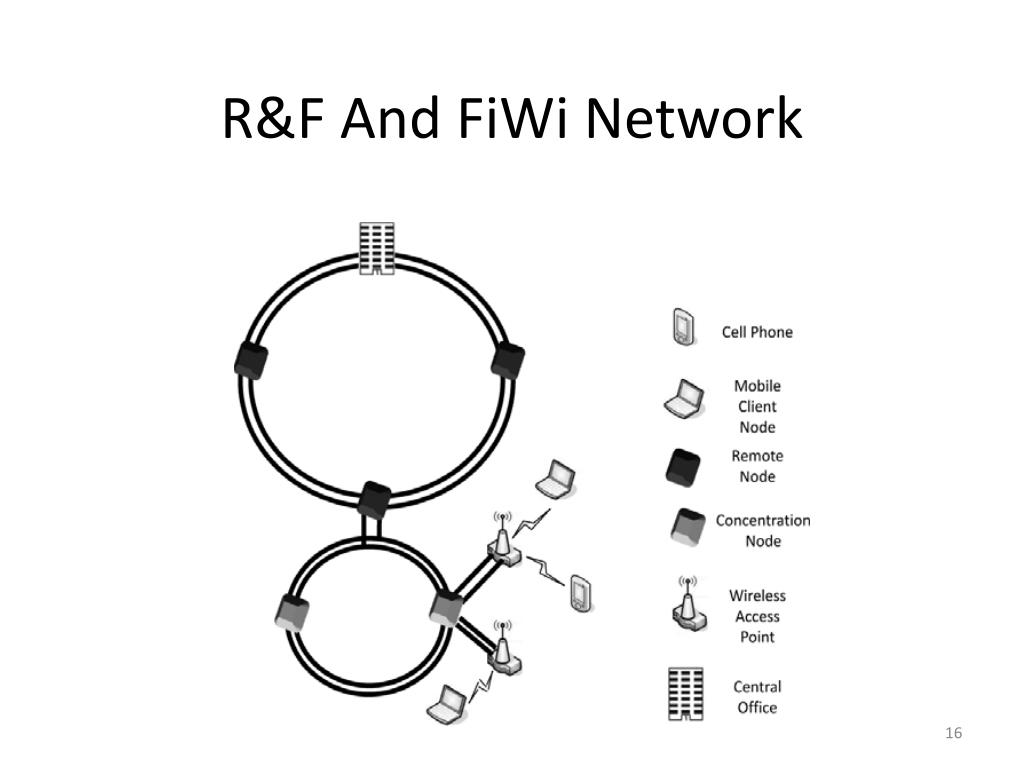

Sparse Smart Cities, characterized by users willing to collaborate by allowing new applications to be deployed on their smartphones to remotely monitor and control fixed/mobile devices. In this scenario, FiWi-MANET federated management may allow to dynamically reroute traffic among MANET nodes based also on the current load of the employed FiWi access network(s)
Fiwi rental software#
In addition, some nodes are cellular-equipped to dispatch packets back and forth to cloud-based software components via the Internet. However, nowadays, this sharp separation does not allow to fully exploit the potential of some novel scenarios demanding for both performance and flexibility, such as the following:Įdge networks in Internet of things (IoT), where several (usually fixed) devices with sensing and actuation capabilities are inter-connected, by forming a multi-hop local network to dispatch and refine raw data as well as to deliver commands among nodes.

In addition, since FiWi and MANET domains are typically managed in a different way (via traffic engineering teams of network operators the former, in a completely decentralized and individual fashion the latter), considering one another as a black-box was a sound and simplifying assumption for integrated network management. This silos-based approach has facilitated the development and management of the associated networks. In fact, mobile devices can traditionally gather very little information about the access network status, with no possibility to directly configure/tune it. On the contrary, spontaneous MANETs aim at supporting multi-hop dispatching of packets among devices that join/leave the network very dynamically, as well as the flexible offering/invoking of peer-to-peer services, by considering as a black-box the access network that provides them with Internet connectivity. Hybrid optical-wireless networks, also known as fiber-wireless (FiWi) networks, aim at maximizing the offered bandwidth to cellular-equipped mobile devices, considering as a block-box anything beyond the identity of connected mobile devices, e.g., without any awareness of the applications running on mobile devices or even of the presence of other mobile devices that may potentially interact, also in a multi-hop spontaneous way. The two directions are typically considered as separated domains and managed in a silos-based fashion. In particular, mobile and wireless networking is achieving relevant results towards two directions, each one considering specific goals: on the one hand, large bandwidth and wide coverage by providing Internet access via infrastructure-based hybrid optical-wireless networks on the other hand, dynamic and flexible connectivity by supporting peer-to-peer services via (partially) infrastructure-less multi-hop mobile networks, e.g., mobile ad hoc networks (MANETs) and vehicular ad hoc networks (VANETs), also based on spontaneous sharing of computing/storage/networking resources provided by mass market off-the-shelf smartphones/devices. To increase the quality of service (QoS) perceived by mobile users, many industrial and academic research activities are pushing for two primary goals: high performance and dynamic management. Our model is applied to several relevant use cases to practically point out the benefits of the proposal in terms of both load balancing and fairness improvements. In this perspective, the paper originally proposes a model and an architecture that loosely federate MANET and FiWi domains based on the interaction of MANET and FiWi controllers: the primary idea is that our MANET and FiWi federated controllers can seldom exchange monitoring data and control hints the one with the other, thus mutually enhancing their capability of packet management over hybrid FiWi-MANET networks. The recent advancements and penetration of software-defined networking (SDN) techniques have stimulated the adoption of SDN-based flexible monitoring and control also for the MANET and FiWi domains. The former has primarily focused on dispatching packets among mobile nodes in infrastructure-less and very dynamic environments, the latter on offering high-bandwidth and low-latency access to cellular-equipped mobile nodes. Traditionally, mobile ad hoc networks (MANET) and hybrid optical-wireless networks, also known as fiber-wireless (FiWi), have been considered disjointly and independently, with no synergic management solutions.


 0 kommentar(er)
0 kommentar(er)
